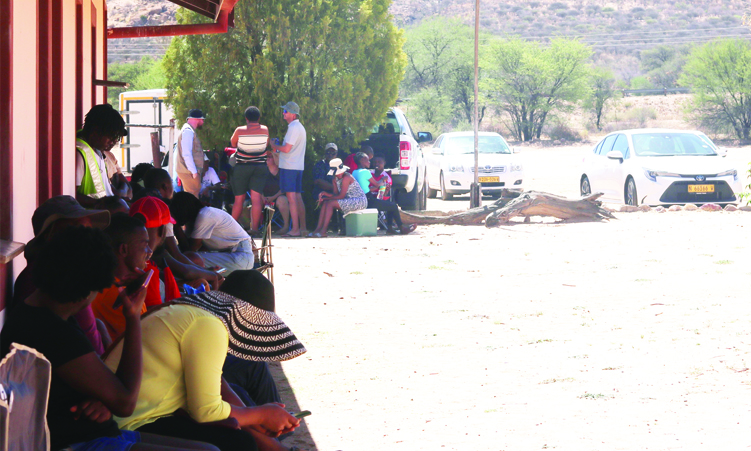A major goal in public health is attaining health equity and Universal Health Coverage (UHC) plays an integral role in achieving this.
Health equity encompasses eliminating several factors which prevent people from attaining their full potential health.
These include socio-economic status, race, age, disability, gender identity, sexual orientation and nationality.
Through adopting Sustainable Development Goals, countries worldwide have committed to achieving UHC by 2030.
UHC means everyone has access to the full range of quality health services they need, when and where they need them, and without financial hardship.
This consists of the full range of essential health services, from health promotion to prevention, treatment, rehabilitation and palliative care.
Namibia is ranked between 65% and 70% according to the WHO Universal Coverage Index, making it one of the top performers in Africa in terms of progress towards UHC.
PIVOTAL POINT
Namibia’s path to UHC, which began with a policy framework in 2018, has involves multi stakeholder engagement and national dialogue on how to sustainably implement UHC.
Despite setbacks caused by the Covid-19 pandemic which, among others, resulted in implications for health spending, Namibia is at a pivotal point in its journey towards UHC.
The cabinet recently approved the UHC framework, and a policy has been developed to facilitate its implementation.
Namibia currently meets the requirements on access, affordability and quality of health services which are the basis of UHC.
However, the challenge is ensuring that the most marginalised communities can access these services.
In addition, the Namibian government is revising the Essential Health Services Package (EHSP) to include more of a UHC approach.
An EHSP includes clinical and public health services that the government provides to its citizens in an equitable manner.
Key criteria in determining which services should be included in the UHC-EHSP are cost-effectiveness, priority for the poorest population groups, and financial protection.
The revision of Namibia’s EHSP included a clear articulation of the health goals which are to be aligned with those set out in national documents such as the National Health Policy, National Development Plans, Ministry of Health and Social Services’ Strategic Plan, and Namibia’s UHC Policy.
INTEGRATION
Countries that have achieved UHC did so by ensuring no group, especially those worst-off, are left out of service coverage.
As up to 43% (UNFPA, 2023) of the population experiences extreme poverty, a pro-poor approach ensures that initiatives not only target the most vulnerable populations, but prioritise the services they need.
Many African countries have integrated UHC as a goal in their national health strategies.
Unfortunately, though, progress in translating these commitments into expanded domestic resources for equitable and quality health services, and increased financial protection has been slow.
Achieving UHC requires efficient and transparent governance systems within the health sector as well as political and economic stability, areas in which a number of African countries lag.
Although political and economic stability may not be an issue for Namibia, major challenges include high-income inequality and a relatively static health care system which is not expanding rapidly enough to accommodate the changing population.
For example, considering the significant population growth since independence, health infrastructure has not developed fast enough to accommodate the increased number of people seeking health services.
PUSHING FORWARD
To complement its newly developed UHC policy, Namibia requires a more dynamic health care system in which all actors, institutions and resources interact in a timely and rapidly adaptive manner to improve all aspects of healthcare.
Sufficient human resources for health, capacities to monitor health data, adequate infrastructure and resourceful management of medical commodities are required to further drive the UHC agenda in Namibia.
More broadly, resolving the disparity in socioeconomic status will ensure greater coverage in terms of accessibility to healthcare services for poorer populations.
Countries that achieve their UHC targets by 2030 will eliminate preventable maternal and child deaths, strengthen resilience to public health emergencies such as Covid-19, reduce financial hardship linked to illness, and strengthen the foundations for long-term economic growth.
There is no one-size-fits-all approach to achieving UHC and strategies are highly dependent on national dialogue and local circumstances.
The one thing we should all be focused on is achieving UHC in the most sustainable manner possible.
- Silvia Wabomba works for the US Centre for Disease Control and Prevention in Namibia
Stay informed with The Namibian – your source for credible journalism. Get in-depth reporting and opinions for
only N$85 a month. Invest in journalism, invest in democracy –
Subscribe Now!






